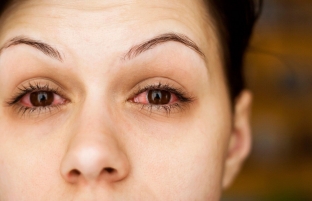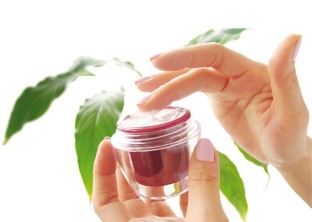Patients often complain to cosmetologists that when trying to choose hypoallergenic cosmetics, they found jars and tubes with the appropriate label in the store, but after the first application they were covered with an allergic rash.
At the same time, not only consultants in the store, but also information on the website of the cosmetics manufacturer directly pointed to its hypoallergenicity. What is actually hidden behind this term, and how to protect yourself from an allergic reaction when buying cosmetics, read on estet-portal.сom.
What does the term "hypoallergenic" mean? cosmetics
The term "hypoallergenic cosmetics", as defined by the US Food and Drug Administration (FDA), means only that scientific or clinical studies involving humans have shown a significantly lower incidence of adverse skin reactions to this product than to the use of similar cosmetic products, the manufacturers of which did not mention about they are hypoallergenic.
It was assumed that manufacturers of cosmetics labeled "hypoallergenic" should carry out the necessary testing and be held responsible for this, however, the US court found this requirement to be illegal, and now manufacturers can use this marking at their own discretion.
European legislation also does not restrict companies producing "hypoallergenic cosmetics" in the use of this marking.
Standards that would determine when the term "hypoallergenic" may or may not be used; for cosmetics, does not exist.
Dermatologists are usually very skeptical about the patient's statements that she uses only hypoallergenic cosmetics, and therefore skin rashes cannot in any way be associated with the body's reaction to a cream or lotion.
The purpose of using this label in cosmetic products – rather marketing than medical, since the image of such cosmetics in the eyes of buyers is significantly enhanced.
Is there any difference between hypoallergenic cosmetics and other similar products
Cosmetics manufacturers usually have a list of ingredients that have proven to be potential allergens or even strong allergens. Using the hypoallergenic label of their products, such manufacturers will most likely try not to include ingredients from this list in the cream or lotion, or include them in very small doses,
So, for example, in hypoallergenic cosmetics, with a high degree of probability, there will be no essential oils, and the concentration, say, of parabens will be lower than in other types of cosmetics.
Important to know: Allergy to cosmetics - who to blame and how to determine
Products for professional use by cosmetologists often fall into the risk group for allergenicity, because the concentration of active ingredients in such cosmetics is much higher than in store-bought skin care products.

What should I do to avoid the development of an allergic reaction to cosmetics? Of course, test it before using – check the patient's response to each new remedy you intend to use for the procedure.
Ways to protect yourself from allergies to cosmetics during procedures
Before use, you need to test any cream, lotion, serum that you plan to offer the patient for the procedure. To apply the test product, select a skin area on the inside of the forearm – slightly above the wrist and below the elbow.
What your doctor needs to know about antihistamines

In this zone, our skin has about the same level of permeability as the skin on the face. Even if an allergic reaction occurs, it will be hardly noticeable on the hand. In addition, in this zone there is a low risk of additional ingress of some random chemical composition – e.g. dishwashing detergents.
Why are we talking about such accidents – because after applying the tested cream or serum, you need to wait, an immediate allergic reaction develops within 30 minutes, but a delayed – within two days.
There is no need to be afraid that the patient will change his mind about rejuvenating himself in two days and will not return to you again. Main – protect yourself and the patient from the risk of developing a violent allergic reaction to the products with which you are going to perform the procedure.
Optimizing the choice of antihistamines from the standpoint of pharmacoeconomics
Remember also that a negative test for cream – this is not at all a guarantee of its hypoallergenicity for this patient. An allergic reaction can be cumulative, and with constant use of one or another remedy, it will manifest itself within a month, but in any case it will not be violent.







Add a comment